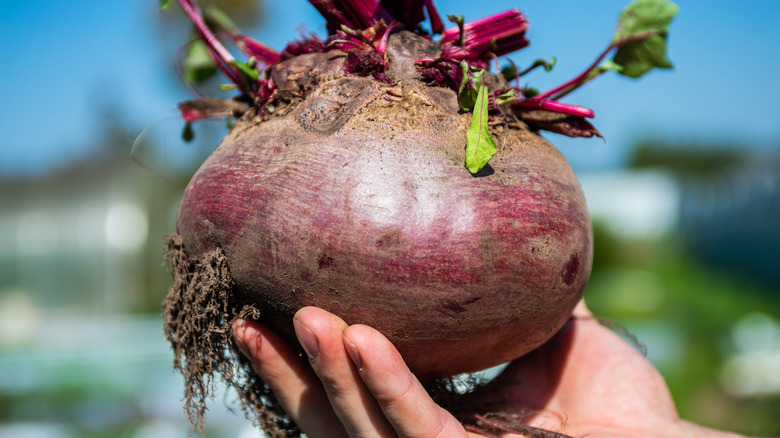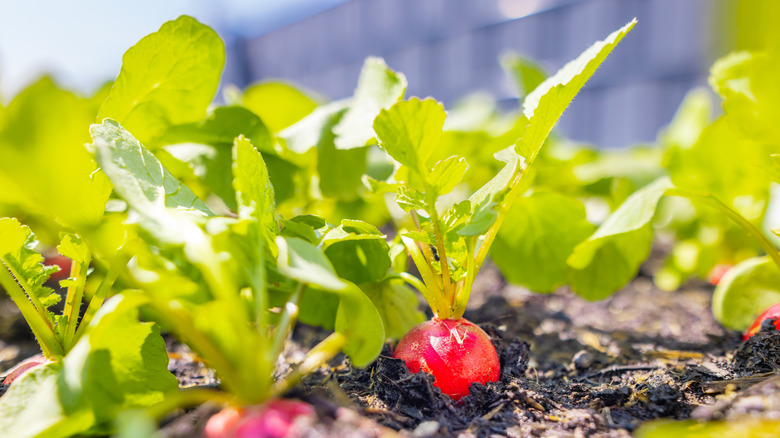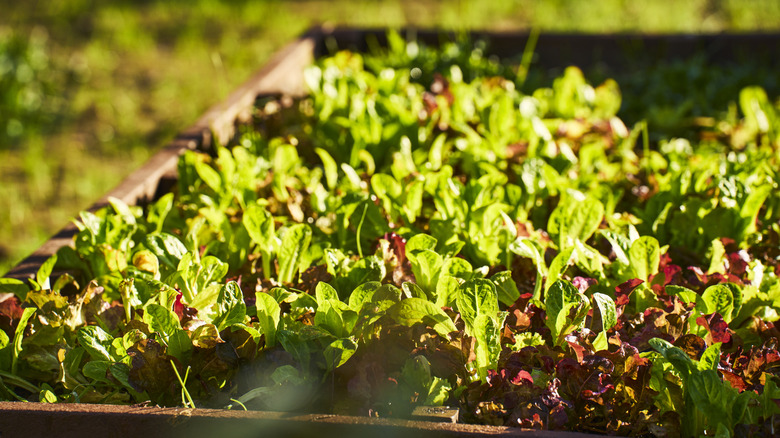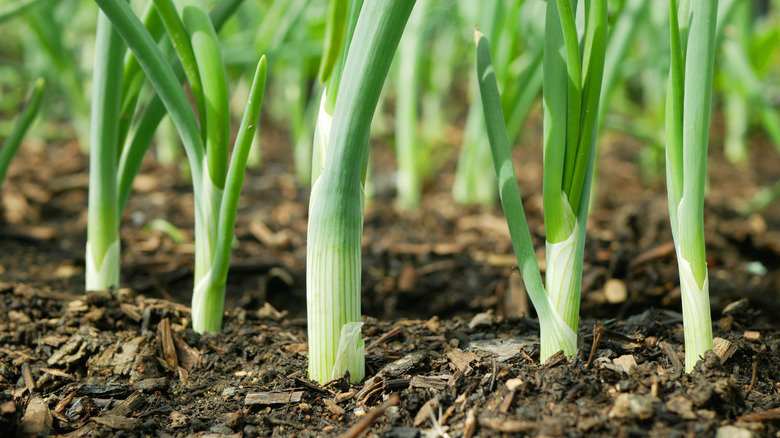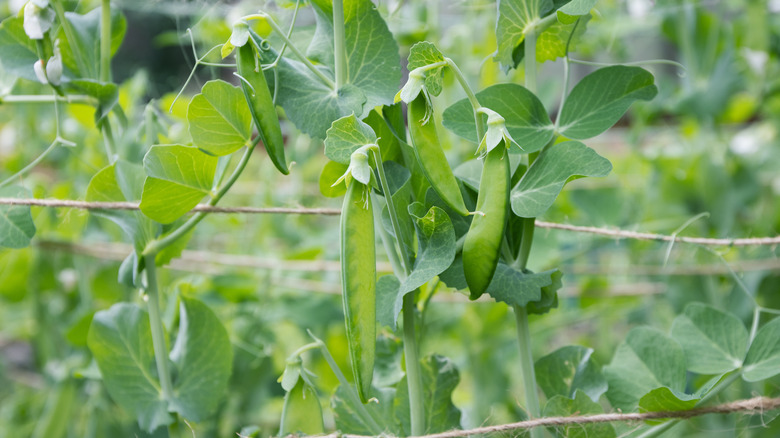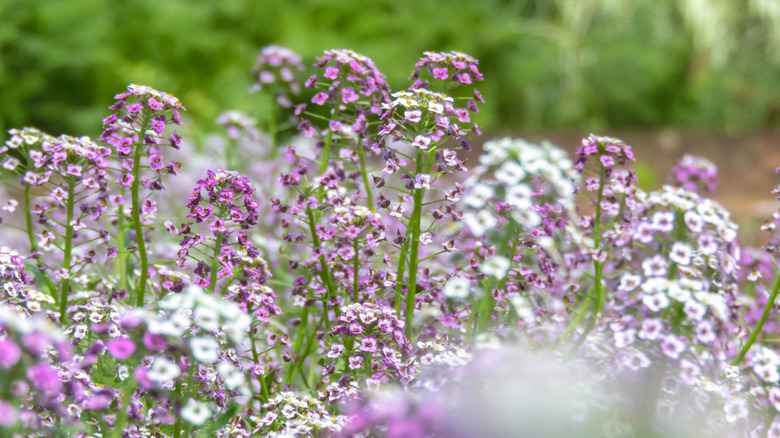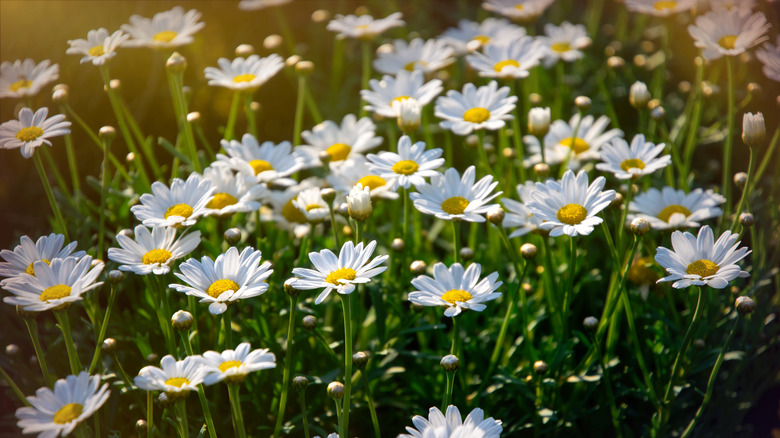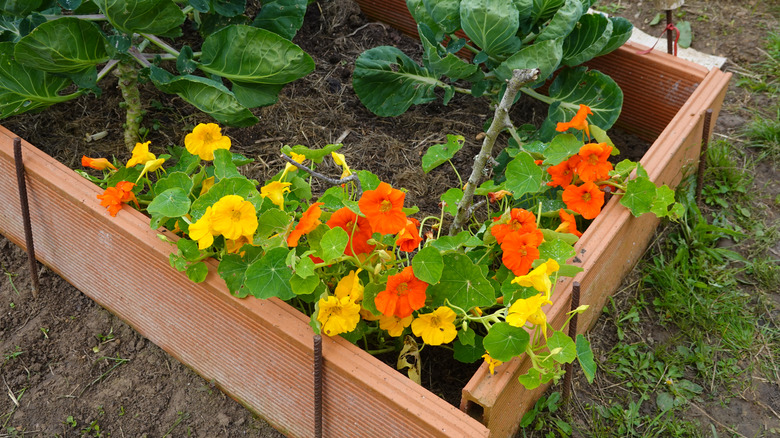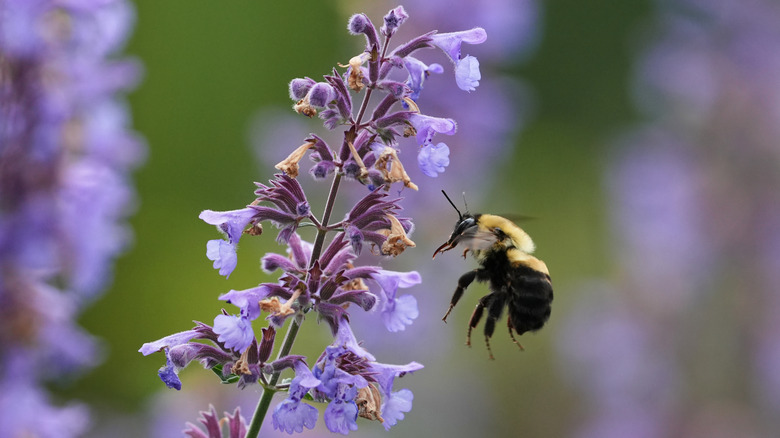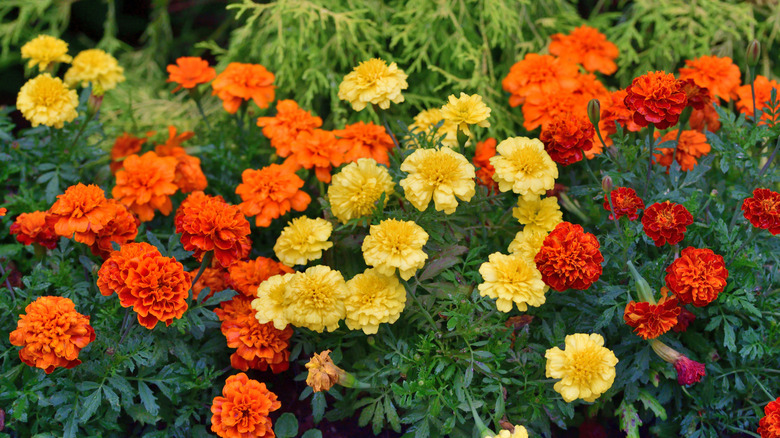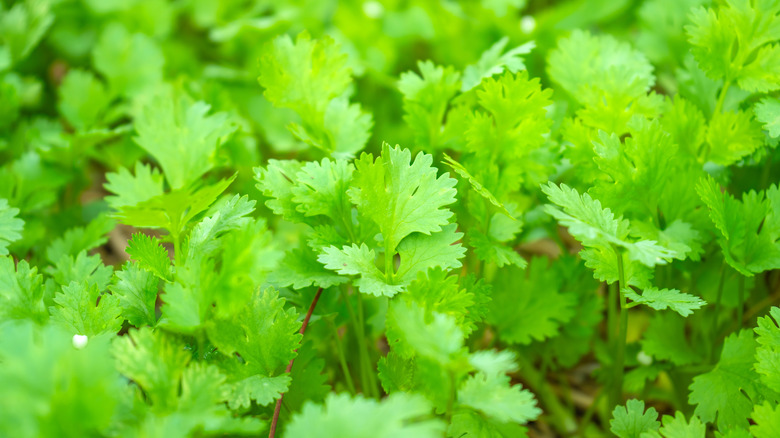12 Fast-Growing Plants You Should Grow With Beets For A Tasty Harvest In No Time
If you're growing beets, chances are you appreciate efficiency and maybe also a good salad. These earthy root vegetables also team up well with the right cast of fast-growing companions. That's where this list comes in: A roundup of quick-sprouting allies that help maximize space, fend off pests, and boost flavor without overstaying their welcome underground.
In companion planting, timing is everything. Fast-growing crops can be harvested early, freeing up space before beets bulk up. Others offer above-ground benefits, like deterring aphids or drawing in pollinators, all while minding their own root systems. Think of it as a rotating setup for your soil, where everyone's getting something good out of the arrangement.
From leafy greens that mind their business in the shallow soil layer to herbs that double as natural insect control, these selections make growing beets not just easier, but more rewarding. What's more, many of them can contribute to the same meals as your beets. Whether in your backyard garden bed or across an archipelago of containers, these quick-win crops deserve a spot next to your beets.
Radishes race to the finish line
Radishes mature in just 3 to 5 weeks, which means they're ready to harvest before beets need elbow room. They also help loosen compacted soil and are often used to mark rows for slower crops like beets. As a bonus, radishes can act as a trap crop for aphids and flea beetles, drawing pests away from more sensitive neighbors.
Lettuce lends a leafy cover
Lettuce grows fast and shallow, offering light shade and living mulch benefits without competing for deep soil nutrients. By harvesting early, you make room for beets to thrive. Plus, it plays well with other leafy neighbors like spinach and arugula, vegetables that pair well with spinach in the garden include many beet-friendly options.
Scallions stand tall and grow fast
Scallions mature in 50 to 60 days and grow upright, taking up very little surface area. Their slender, vertical structure makes them perfect for tucking between rows of beets or bordering beds. As members of the allium family, scallions emit sulfur compounds that help deter aphids, carrot rust flies, and other root-loving pests. They require minimal maintenance and can be snipped continuously for greens while beets grow undisturbed. Their vertical growth habit also ensures they won't block sunlight or encroach on underground root space.
Dill gets going quickly while keeping pests at bay
Dill reaches harvestable leaf size within 40 to 60 days. Its feathery leaves allow light to pass through, preventing overcrowding and letting sunlight reach shorter companions like beets. When dill bolts, it produces airy yellow umbels that attract hoverflies, parasitic wasps, and other beneficial insects that feed on aphids and soft-bodied pests. Its upright growth makes it easy to interplant without shading out other crops. Along with cilantro, dill offers a natural pest-control boost across your vegetable patch.
Bush beans grow fast and feed the soil
Bush beans mature in about 50 to 60 days and improve your garden's nitrogen levels thanks to their legume status. Through a symbiotic relationship with soil bacteria, they convert atmospheric nitrogen into forms that benefit nearby plants, including beets. This boosts beet green development, especially in leaner soils, making bush beans a practical partner for fertility management. They're also compact and low-maintenance, which helps maximize yield in small-space gardens. Just skip pole beans, as their climbing habit and aggressive roots don't play nice with beets.
Alyssum adds speed and sweetness
Sweet alyssum blooms quickly and draws in hoverflies, lacewings, and other aphid-hungry allies. It spreads low to the ground and won't interfere with beet growth. In fact, it grows well with a variety of tasty vegetables, such as warm season annuals and nightshades. Plus, its sweet scent is an underrated garden bonus. Sweet alyssum is invasive in some areas, so check to make sure it's safe to plant in your garden.
Chamomile charms with speed and subtlety
Chamomile is a fast-starter that attracts pollinators and beneficial predatory insects like hoverflies and parasitic wasps. It also enhances the flavor and vigor of nearby herbs, particularly basil. Chamomile and basil grow well together, making them a smart combo for your beet bed. Plus, dried chamomile makes a great relaxing herbal tea.
Nasturtiums trap pests and trail beautifully
Nasturtiums mature fast and are famously used as trap crops to lure aphids and whiteflies away from vegetables like beets. These cheerful bloomers thrive in containers or as border plants, creating both a pest buffer and a decorative flourish. Their edible, peppery flowers add a bonus harvest to your garden.
Spinach speeds through the season
Spinach is a cool-season crop that matures in 30 to 45 days and occupies shallow soil, making it ideal for early harvests before beet roots take off. It also pairs well with neighbors like arugula — spinach and arugula side by side is a well-loved mix for tight plots. If you're aiming for layered productivity, spinach is a reliable anchor.
Catnip confuses garden pests
Catnip repels aphids, flea beetles, ants, and even mice, while drawing in beneficial pollinators. It's also a resilient grower that plays nicely with more delicate root vegetables. You don't need cats to grow this pollinator-friendly herb. Let it fill odd corners of your bed for low-effort gains.
Marigolds grow fast and fight nematodes
Marigolds sprout and bloom quickly, and their roots release alpha-terthienyl, a natural compound that suppresses nematodes in the soil. They also attract pollinators and add vibrant color to your beet bed. Their cheerful appearance belies their usefulness, making them the ultimate pretty-but-practical addition. Moreover, they're tasty in salads and soups, as well having several medicinal uses. May as well call them "mani-gold!"
Cilantro comes quick and brings reinforcements
Cilantro bolts early and attracts bees and butterflies to your garden. These beneficial insects are crucial for controlling pests that can stress young beet plants. Because cilantro grows quickly and doesn't hog space, it's ideal for filling in gaps between slower crops. Its soft foliage is easy to trim back if needed, and its root system stays shallow. It's compact, fast-growing, and noncompetitive. This makes it perfect for squeezing into a beet-friendly plot without disrupting your main crop.
